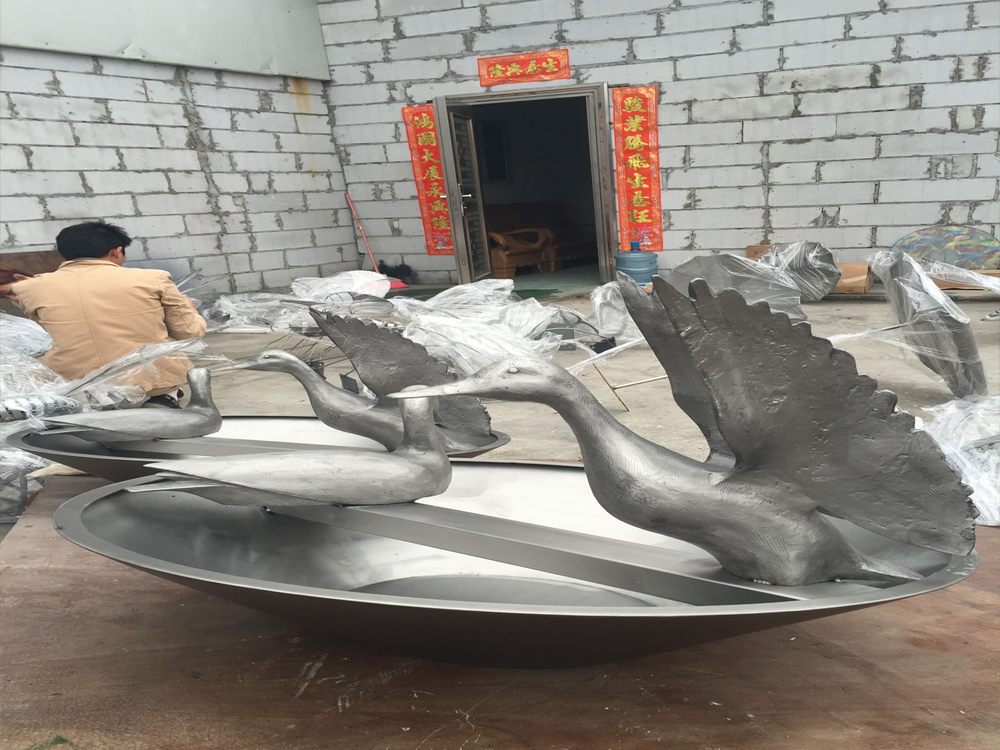
In the realm of public art, stone sculptures serve as powerful mediators between human perception and the built environment. Their interaction with human scale is deliberate, often designed to evoke awe, intimacy, or contemplation. Monumental works tower over viewers, demanding physical and psychological engagement, while smaller pieces invite tactile exploration and personal connection.
The materiality of stone—its weight, texture, and permanence—contrasts with the transient nature of human movement, creating a dynamic relationship. Artists manipulate proportions to challenge perspectives: an oversized hand might emphasize craftsmanship, while a life-sized figure fosters empathy. Site-specific placements in plazas or parks further amplify this dialogue, as shadows change with daylight and weather alters surface details.
Modern urban installations frequently play with scale distortion, using abstract forms that appear to shift in size as viewers approach. This spatial choreography transforms passive observation into active participation, making stone sculptures not just objects but collaborators in the human experience of public spaces.

